
My travel camera of choice: a Hasselblad 503cx equipped with waist-level finder, 80mm Zeiss Planar lens.
“I can’t think of a worse choice for a travel camera.” That’s a direct quote from an internet discussion about the Hasselblad. I won’t identify the poster since it’s not really relevant — the point is that what he/she is saying is, more or less, accepted as conventional wisdom. But having recently completed a trip to Iceland and another to Oregon with a Hasselblad 503cx as my main camera, I have to say that statement doesn’t reflect my experiences.
It’s important to recognize that everyone has a different take on what the ideal travel camera looks like. For a lot of photographers, “travel camera” equals “small and light.” I get that. But for me, it’s not about the camera being the smallest and lightest available — it’s a matter of it being small enough and light enough for where I’ll be going. In other words, there’s no doubt that something like an Olympus Stylus Epic is easier to travel with — it slips unobtrusively into a pocket — but for my Iceland trip, the Hasselblad was easy enough since I was driving most places and hiking relatively short distances. Your mileage (and means of transport) may vary.
The Hasselblad can be quite a beast, or surprisingly nimble, depending on how it’s configured. That’s one of its virtues. My “minimalist,” lightweight Hasselblad rig consists of the camera body, one film back, the 80mm f/2.8 Planar lens, and waste-level finder. Total weight = 1.6 kilograms (3.5 pounds), including strap and film. Sure, that’s more than most cameras in my collection, but it’s still not a terrible burden. Frankly, if I can’t handle that kind of weight on a short hike, I probably shouldn’t be out and about in the first place.

You’ll note that my minimalist rig doesn’t include a tripod, which means I have to be able to use the camera hand held. A couple of tricks that help make that work. First, I typically shoot ISO 400 film. The great thing about medium format is even fast film still looks essentially grain free. Second, I use a neck strap. I let the strap go taut and brace the rear of the camera against my chest as I make the exposure. This is where the waist-level finder is ideal. It’s amazing how steady your can hold a camera if you don’t have to bring it up to your eye.
So why not use some other lighter medium-format camera, such as a TLR or a folder like the Agfa Isolette II? While those are good options, I find they lack versatility. I want to be able to switch between black-and-white and colour films, which I can with the Hasselblad by adding an extra film back. And, I also want the option of shooting with a wide-angle lens. These are capabilities the TLR and Agfa lack. Yes, the 50mm Distagon lens and film back add weight and bulk, but you know what? On my latest Iceland trip, it was never a problem to carry them around, but I certainly would have missed the capabilities the extra gear provide had I left them at home.
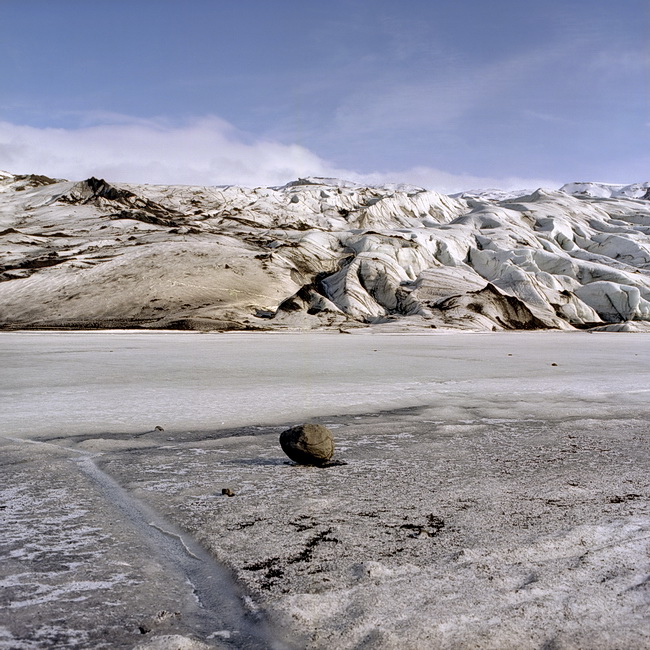
Sólheimajökull glacier, part of the Mýrdalsjökull ice field, southern Iceland.(Camera: Hasselblad 503 cx; Lens: Distagon 50mm f/4; Film: Kodak Portra 400)
(Click here to see a black-and-white version of the above photo.)
But by far the most compelling argument in favour of the Hasselblad as a travel camera is performance. The format alone gives a quality boost, but add in the superb performance of the Hasselblad’s Zeiss optics and you’re in another league altogether. I’m willing to carry a little extra weight for optimal results. It’s a trade off I’m prepared to make. And I figure if I’m going to travel all the way to Iceland, why not go for the best image quality I can get? A camera that lets me to bring home high-quality photos of fascinating place is my definition of a travel camera.
(Did you find this article interesting or helpful? If so, consider using this link the next time you shop at Amazon.com. Better yet, bookmark it for future use. Thanks to Amazon’s associates program, doing so costs you nothing yet helps keep this site up and running. Thanks!)

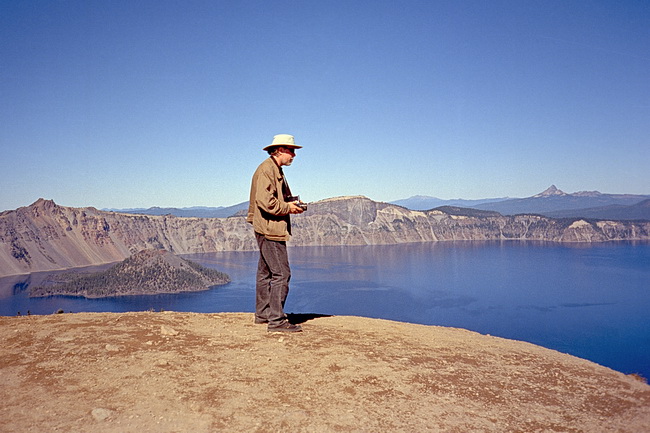
 Subscribe with RSS
Subscribe with RSS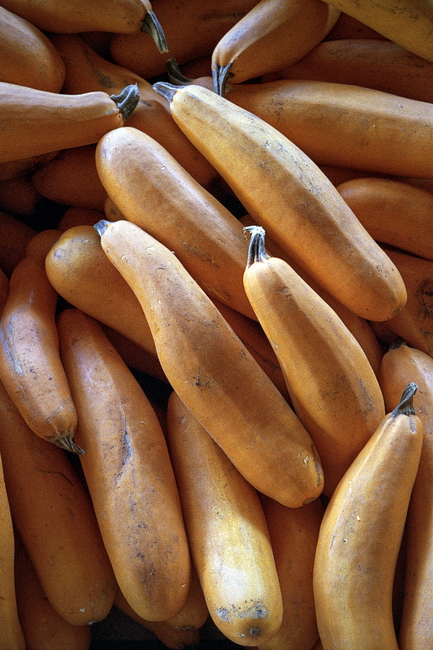
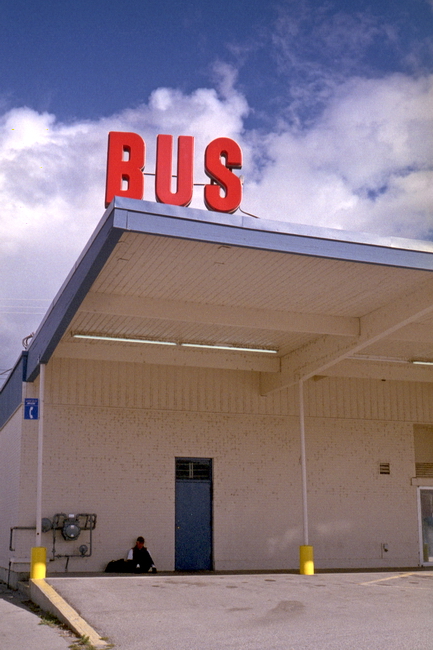
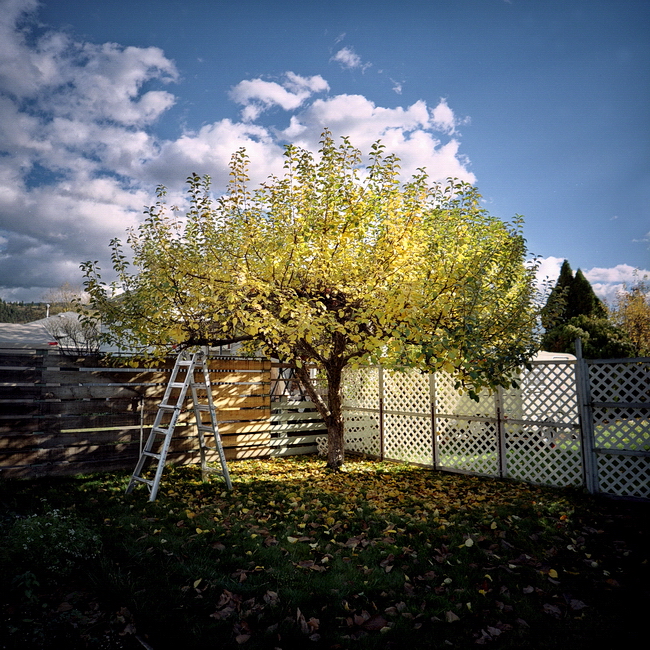
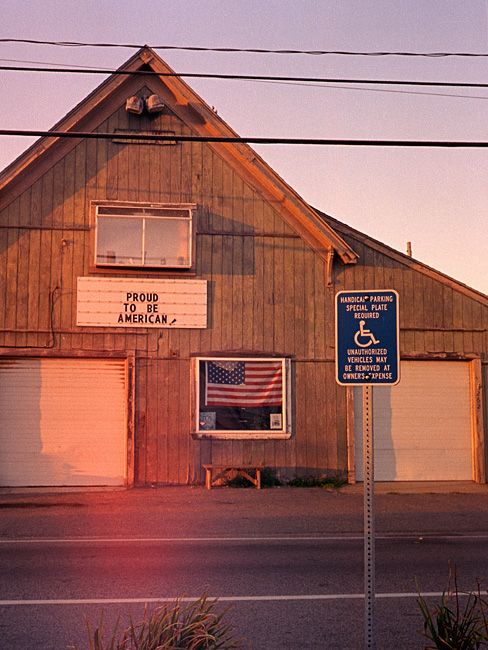
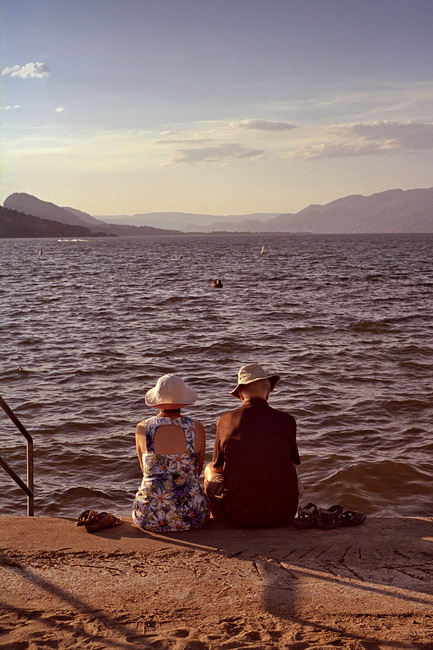
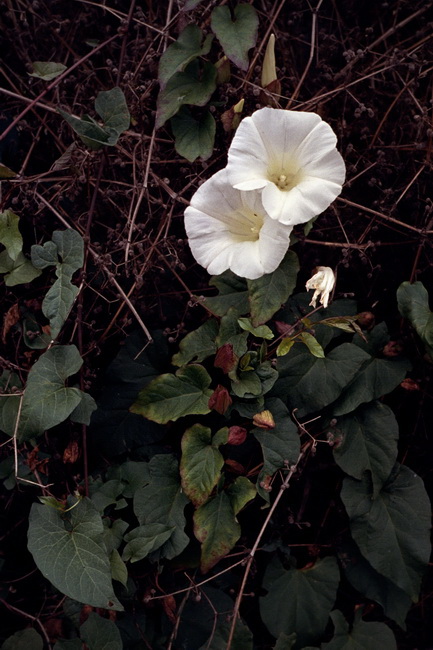
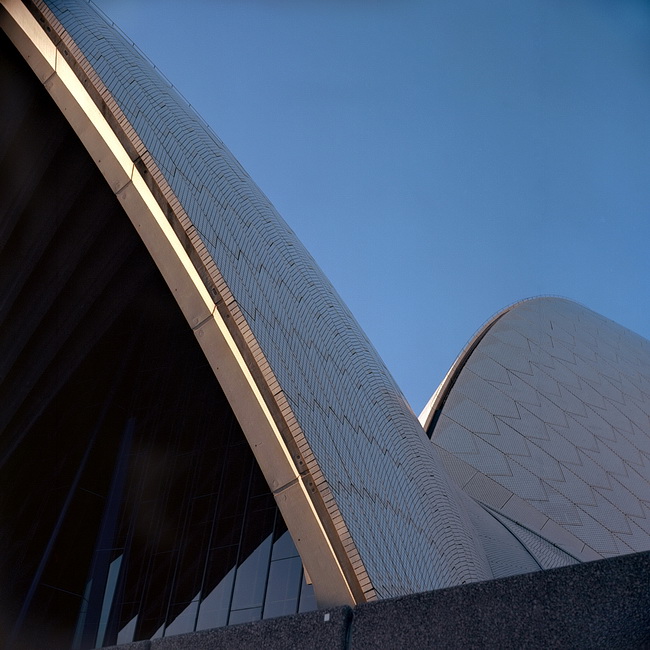
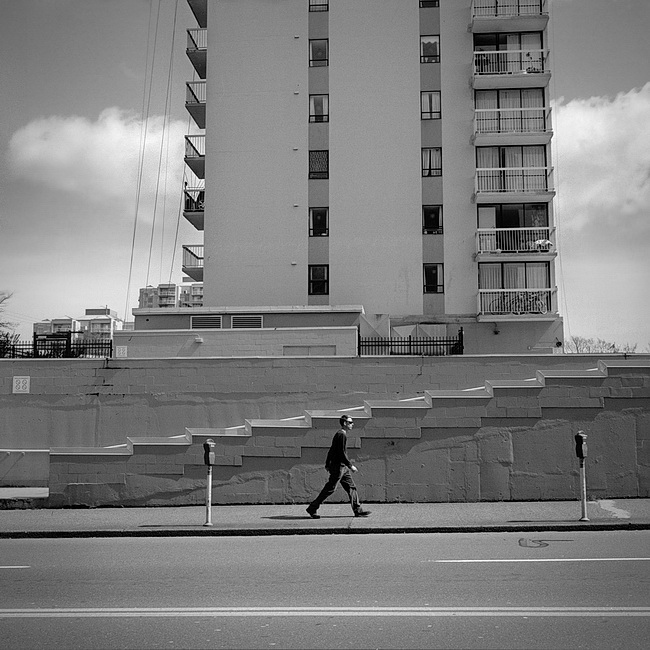
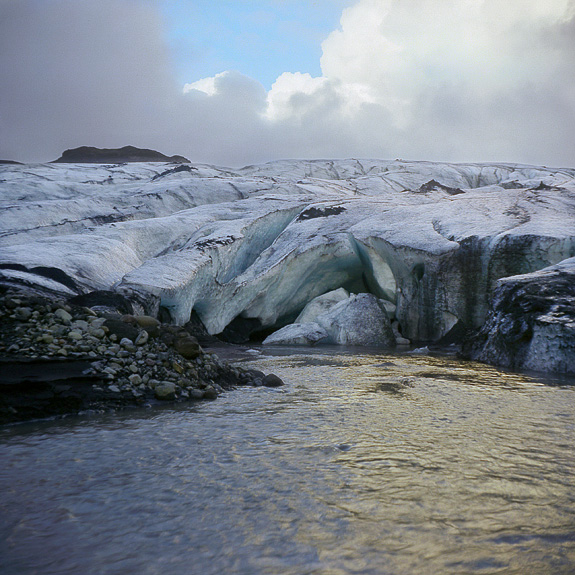
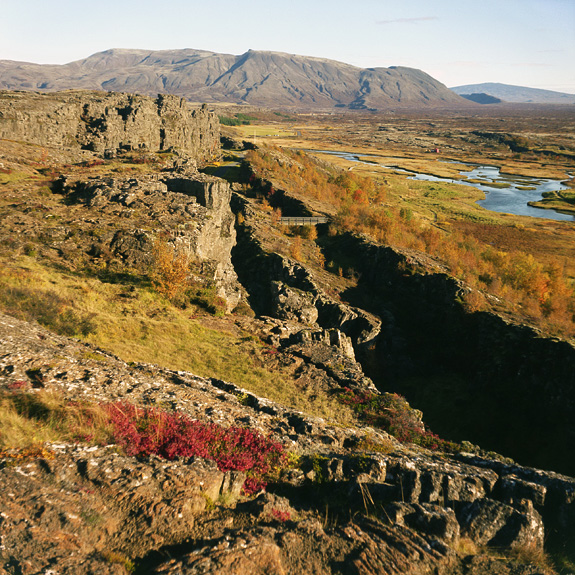
I’m not lucky enough to own a Hasselblad, but I own several medium format cameras. One trick I’ve found for not carying a tripod, is to attach a sturdy nylon string to the tripod socket on the bottom of the camera using a bolt . Have a length of the string long enough to step on and pull it taught enough to steady the camera. Not perfect, but enough to get your shutter speed down to 1/15 or 1/30.
Thank you for the great article on carrying around a medium format camera. Encouraged by your article and the documentary I saw the other day about Vivian Maier, I spent a couple of hours yesterday morning making street photographs with my Contax 645. I don’t have a waist-level finder for it but I’ve been considering it for a couple of years and I think I might finally spend the money to get one. If I can find one in Korea. They are a bit rare here.
Now that I’ve sold the 4×5 stuff, my road trip camera will be the Hasselblad 500CM I’ve slowly amassed bits for over the years. After packing around the large(largish?) format system for years, I find the Hasselblad an ideal traveling camera as long as I can put it (and the tripod that accompanies it all the time) in a car. For the “where are we today?” type trips, the little digi-snapper gets carried most often (having lugged the ‘blad around and not using it one too many times).
Regarding the issue of wide angle lenses – do not try the 40mm. You may grow to like it. Then, your wallet and back may suffer. (I used it for one summer trip to the American SW deserts and have been successful in not buying one yet, though who knows how long that will last…) I love my 50mm and it was much less expensive and is certainly lighter.
Thanks for the warning about the 40mm David! I can well imagine.
couldn’t agree more. The Hasselblad haging from the neck can easily be shot at 1/125s, maybe even at 1/60s with an 80mm lens and if you find some other way to support it, like kneeling down and placing it on your knee or Neil’s really fine idea with the strap from the tripot mount (thanks Neil, will definitly try it), you can go down further without problems.
I carry the camera together with all equipment (501CM with waist level finder, 50mm, 80mm and 160mm and two backs) and all films (never check films in at airports) in a camera bag or backpack to my destination and then I put the camera with one lens and back around my neck, the other two lenses and one back go in a really small belt pouch together with a few spare films, two or three filters and a tiny Gossen Digisix light meter and I am ready to go. Nothing in the hands, the weight of the pouch is not felt at all, only the camera around my neck can be felt after some time. I see no problem at all with a Hasselblad as travel camera.
If I would take my Nikon D800 with my two zoom lenses (24-70 2.8 and 80-200 2.8), I would not carry much less. But I do not enjoy the Nikon as much as I do the Hasselblad.
And one more comment to the Hasselblad: I own the Hasselblad mentioned above with 50mm, 80mm and 160mm, I own a Mamiya 7II with a few nice lenses that I use by far not often enough, a D800, that I use almost never and keep only because I always think, that I cannot abandon digital completely, and several Nikon SLRs (F2AS, F3, FM2). I also purchased a 4×5 camera with 180mm some timy ago but have not decided yet, if this really is the way I want to shoot.
Of all these cameras there is only one camera that will never leave me, that I will never sell or give away and that – should it be destroyed or stolen one day will at once be replaced by a similar camera and that is the glorious 501CM.
Couldn’t agree more with your argument for medium format as a travel camera. Although I don’t own a Hasselblad, I do go walking/hiking with a Mamiya RZ67, two film backs, and 2-3 lenses. If you’re making an effort to visit an interesting location, I reckon it’s worth the effort to get good image quality.
If the walk involves a lot of steep climbing, or if it’s actually a bike ride, then I compromise by carrying just a Fujifilm GA645Zi – which is light enough to be un-noticeable.
Politely, If you want sharp images take along some sort of a tripod. The difference between a handheld shot and one taken with a tripod is always greater than one would think. Hasselblads are not easy to handhold at the best of times in any event. Besides which, a tripod will help you compose better too. It depends what you want to achieve; there are no hard and fast rules but if you want to shoot landscapes and without a tripod then a Fuji rangefinder is a far better bet. My Fuji 690 wide has an unforgivable fault. Instead of a “bulb” shutter speed it has a “T”! What were they thinking of! Impossible to shoot “T” without jarring the camera!
I shoot mostly digital nowadays and I tend not to shoot landscapes. Regards.
Hi Jerome:
Thanks for the comment. While I certainly agree on the benefits of a tripod, I have found that it is possible to get sharp images handheld with the Hasselblad using the methods I describe here. I have a Fuji rangefinder too, and in my experience, the Hasselblad works better for landscapes. But then, I generally prefer the square format. Certainly, I don’t see an advantage in sharpness with the rangefinder.
Regards,
Gary
Dear Gary,
Just enlarge your frame to a yard wide both with and without a good tripod. You’ll see the difference immediately. Why do you think the pro landscape photographers always use a tripod? If you are determined not to use a tripod then again a Fuji 6×7 or 6×9 will make a Hasselblad frame appear silly. A rangefinder has no mirror, and who now makes lenses for Hasselblad? Why, Fuji.! It matters not whether or not you follow this advice but for me photography is my living. And yes, of course I can handhold a camera. I worked for national newspapers and press agencies for years. BTW, and slightly off topic I remember shooting a royal Garden party from the roof of Buckingham Palace and used a manual 600mm Nikkor lens with two tripods! Tripods are your friends; if nothing else, take a long a sturdy monopod. All this stuff about being able to shoot as sharp with a handheld camera, especially a Hasselblad is a nonsense. But it’s your choice. I am not your client.
Hi Jerome:
Well, as I said, I’m not disputing the benefits of a tripod. But you have to keep things in context. The article was about how, contrary to the beliefs of many, the Hasselblad *can* be a fine travel camera. If you don’t mind the added burden of a tripod, by all means, bring one along–I certainly do when I have the space and am in a situation where I expect to have the time to set one up. My point is that one can (if one takes the steps I describe) get sharp images without doing so.
I sincerely appreciate your comments and perspective.
Gary
A note from my experience. 500 Elm are easier without a tripod as the electric release is softer than the mechanic release of a 500 cm. Anyway it s always sharper when supported by a tripod or anything you may use ( wall, railing, car..)